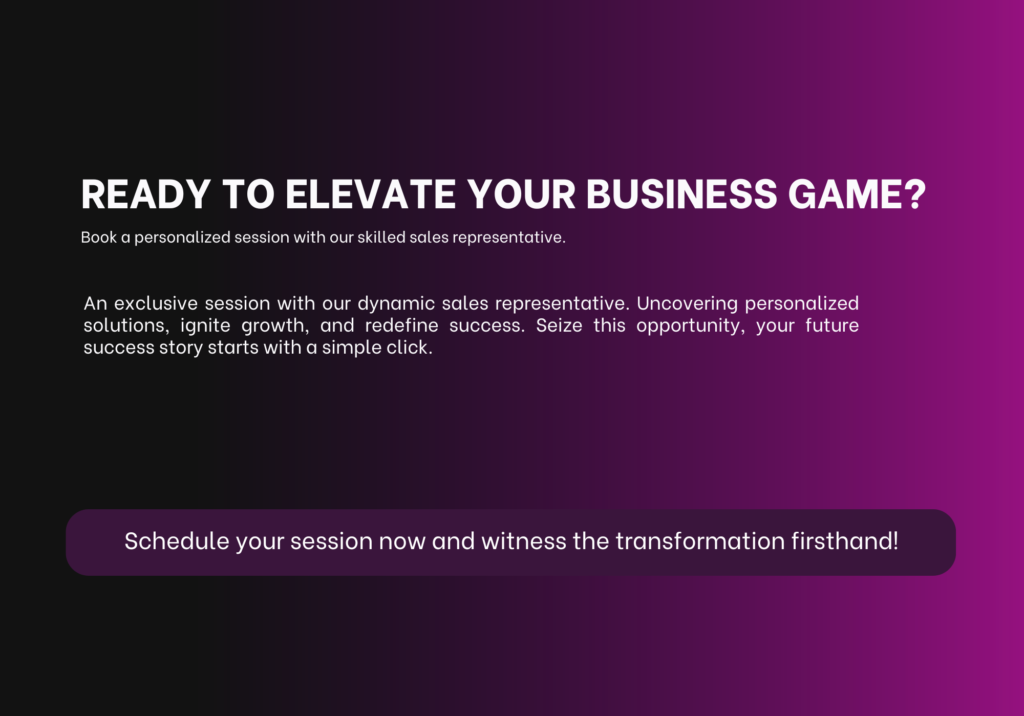Understanding Bounce Rate
Website bounce rate represents the percentage of visitors who navigate away from your website after viewing only one page. A high bounce rate can be destructive, signaling that your website may not be meeting visitors expectations. However, understanding and addressing the causing reasons can significantly improve user retention and satisfaction on your website.
These are a few Effective Strategies to Reduce Bounce Rate:
1. Improve Page Load Speed
Why It Matters:
Slow-loading pages frustrate the users and can lead to higher bounce rates. Google also considers page speed in its ranking algorithm, impacting your site’s SEO. That results in less engagement and visibility of the users interacting with your website.
How to Improve:
– Optimize images and motion 2D images by compressing them without losing quality.
– Minimize HTTP requests by reducing the number of elements on your page.
– Use browser caching to speed up the loading process for returning visitors.
– Implement a content delivery network (CDN) to deliver content more efficiently.
This will make your pages not only more optimized but more responsive and users can easily hover throughout the website and have a high possibility of having returning visitors.
2. Enhance Mobile Optimization
Why It Matters:
With a significant portion of web traffic coming from mobile devices, ensuring your site is mobile-friendly is essential. To have a user mobile friendly experience with the ease of a click and visually appealing mobile application.
How to Improve:
– Use responsive web design to ensure your site adjusts seamlessly to different screen sizes.
– Optimize your site’s layout for touch navigation.
– Ensure buttons and links are easily clickable on smaller screens.

3. Create Engaging and Relevant Content
Why It Matters:
Content that resonates with your audience keeps them engaged and encourages them to explore more pages. With more time spent on your website that creates a more serious conversion rate to your product or services. That leads to a genuine client or a queries .
How to Improve:
– Understand your audience’s needs and interests through market research and analytics.
– Create high-quality, informative, and engaging content that addresses those needs.
– Use multimedia elements like images, videos, and infographics to make your content more appealing.
– Update your content regularly to keep it fresh and relevant.
4. Improve User Experience (UX)
Why It Matters:
A seamless and enjoyable user experience encourages visitors to stay longer on your site. With a great mix of visuals and 2D motion effects and having a brand identity that separates you with your competitors that interestingly fascinates the user. Being curious about the approach that your website holds. That promotes gaining more attention to your service or product showcased a certain way.
How to Improve:
– Simplify navigation with clear menus and well-organized content.
– Use a clean and visually appealing design that aligns with your brand.
– Ensure your site is free from intrusive pop-ups and ads that can frustrate users.
5. Optimize Calls to Action (CTAs)
Why It Matters:
Effective CTAs (Call To Action) guide users to take the desired actions, such as exploring more pages or making a purchase. Redirecting them to the particular information with a click makes it easier for them to understand the nature of the product or services given in the website. Which also fulfills the motto of the website. This leads to quicker conversions and actions on the website that means it ranks on the first page of search results.
How to Improve:
– Place CTAs strategically within your content where they are most likely to be noticed.
– Use compelling and action-oriented language that clearly communicates the benefit of taking action.
– A/B test different CTA designs and placements to determine what works best for your audience.
– Repeatedly check the internal links to make sure of all the errors that might cause a difficulty to redirect through these CTA.
6. Internal Linking
Why It Matters:
Internal links encourage visitors to explore more of your site, reducing the likelihood of them leaving after viewing just one page. Having a variety of services calls for more internal links which encourages the user to go more deep into your website and get a correct and more clear vision of your product or services. Also make sure to find more relevant content as per their need and have a scope of exploring more services and options given on your website.
How to Improve:
– Link to related articles or pages within your content to provide additional value to readers.
– Use descriptive anchor text that gives users a clear idea of what they will find on the linked page.
– Ensure your internal links are relevant and provide real value to the user.
7. Use Exit-Intent Popups
Why It Matters:
Exit-intent popups can capture visitors’ attention just before they leave, offering them a reason to stay. The more clear and straight the message with the relevant content on the pop ups leads to having a more relevant informative picture making it have less chances to have a bounce rate.
How to Improve:
– Offer valuable content, discounts, or free trials in your exit-intent popups.
– Ensure the popup design is clean and does not obstruct the user experience.
– Use clear and compelling language that entices users to take the desired action.
Reducing your website’s bounce rate is not a one-time task but an ongoing process that requires consistent effort and optimization. By improving page load speed, enhancing mobile optimization, creating engaging content, and focusing on user experience, you can keep visitors on your site longer and improve your chances of converting them into loyal customers. Implement these strategies, monitor your progress, and make adjustments as needed to ensure continuous improvement.

